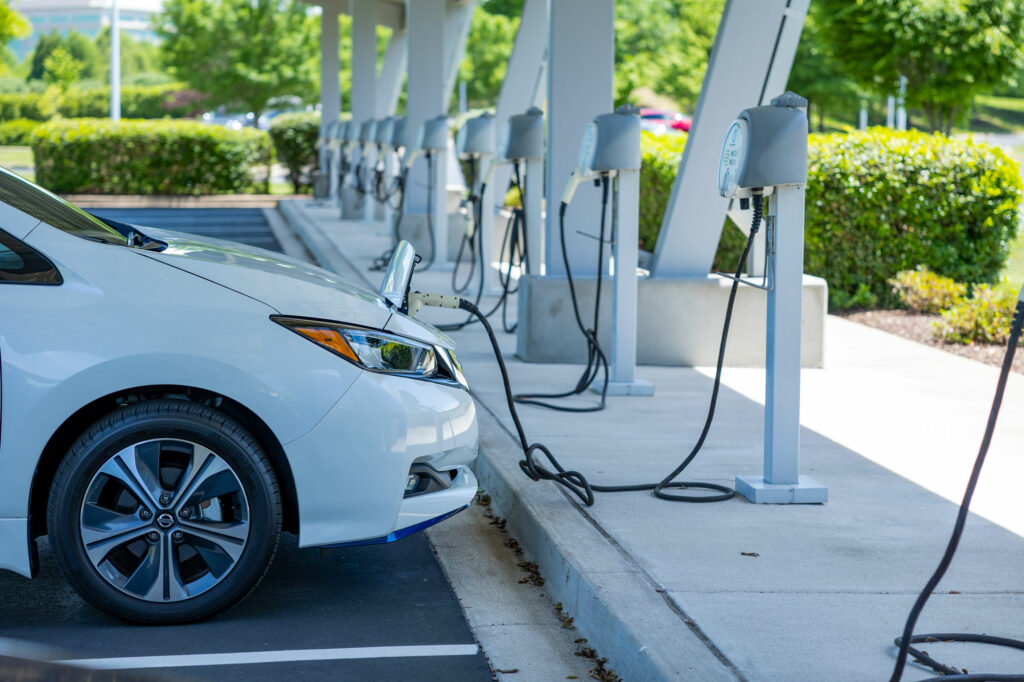
For a quarter century, Nashville had a great theme park on the banks of the Cumberland river adjacent to the Opryland Hotel. Over the years, Opryland USA entertained kids of all ages and was a popular destination for families. If you visited the park in the late 1980s or 1990s, you might remember seeing the sign for Dippin’ Dots, “the ice cream of the future.”
It was a new type of ice cream — and promoted as such. Though the theme park closed in 1997, Dippin’ Dots is still around. Today, three decades later, it’s simply called “ice cream.”
The Wright brothers’ flight of the first airplane was in 1903. That was the event that proved the idea that man — with the right technology — could fly. Though the first modern commercial airplanes didn’t go into service until the 1930s, the first commercial scheduled air service began in Florida by 1914, just 11 years after that first short flight at Kitty Hawk, North Carolina. By the 1970s, the Concorde was capable of flying at twice the speed of sound.
My point is that the future isn’t something that happens quickly or easily. It may or may not turn out as predicted. The Wright brothers had a number of failures before that successful flight. And a lot of planning and risk-taking occurred before air travel became commonplace for everyone.
The same was true when “horseless carriages” replaced horse-drawn conveyances. In hindsight, it seems like it occurred quickly, but the road to today’s cars saw a lot of technological advances — and setbacks.
At the beginning of the 20th century, the first cars were powered by gas, steam and electricity. The future of self-powered vehicles was uncertain. If you’d like to look at a fascinating early vehicle option, look up the Stanley Motor Carriage Company.
That change didn’t occur easily. There was resistance and fear of new technologies, and another major problem was the need for rut-free roads. Fast forward to today, and it’s difficult to imagine an America without the highway system. It hasn’t always been there, and it didn’t happen overnight.
Anyone born in the last few decades is so used to commercial airlines that we don’t consider how different travel was before. We have GPS guidance in our cars and on our phones that tells us the best route and where the potholes are. In fact, our children might never know that today’s “normal” was once considered an unimaginable future.
Granted, Dippin’ Dots ice cream didn’t really transform the dessert industry. But it was new and touted as the future. Since Dippin’ Dots is still around, I think they were partially correct.
In the last few months, a major airline has announced plans to bring back the Concorde supersonic technology, further shortening travel times among continents.
I can’t predict the future, but I can see the trends.
Over the past few years, the major automakers have significantly increased their production of electric vehicles. Some have committed to being fully electric at some time. Concurrently, major utilities and government agencies are building a stronger EV charging network.
Unless the current trends change dramatically, we’re looking at a future with a lot of electric cars on the road. Who knows what the transportation landscape is going to look like in 10, 20 or even 30 years?
It might be a future where we simply refer to electric vehicles as “vehicles.”



